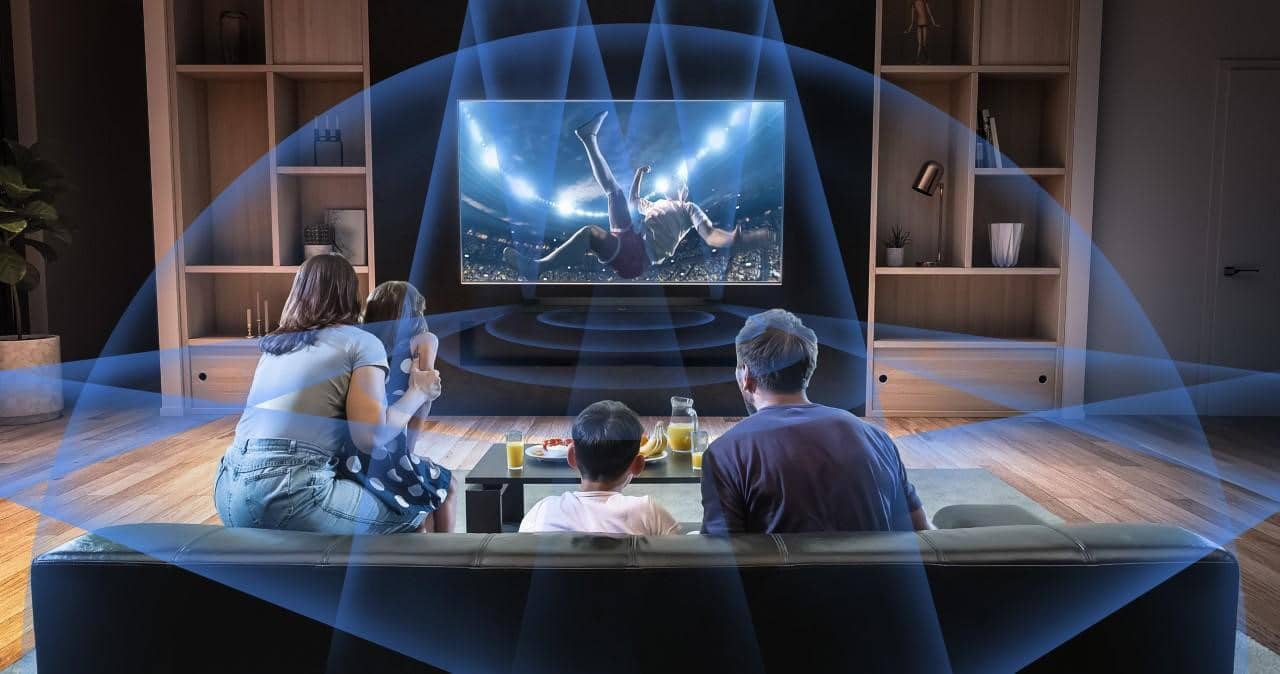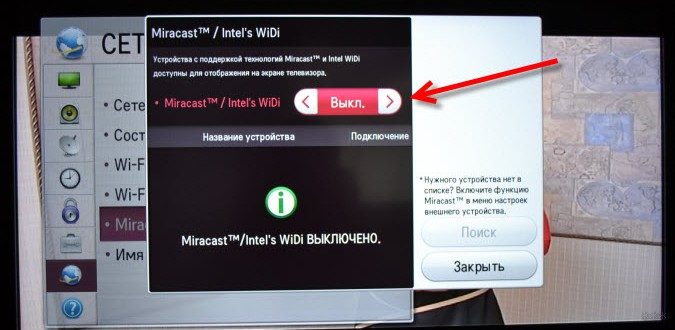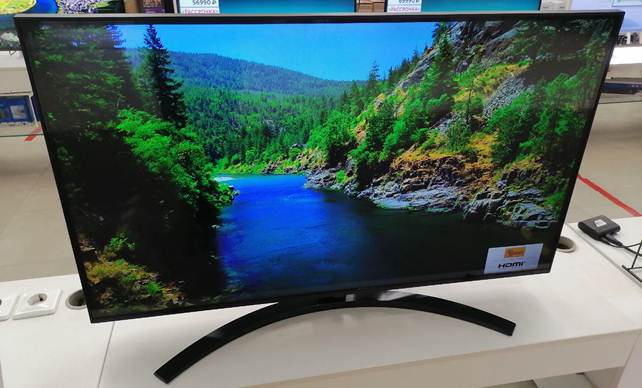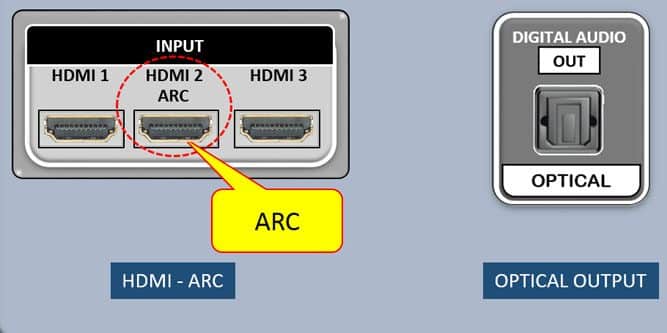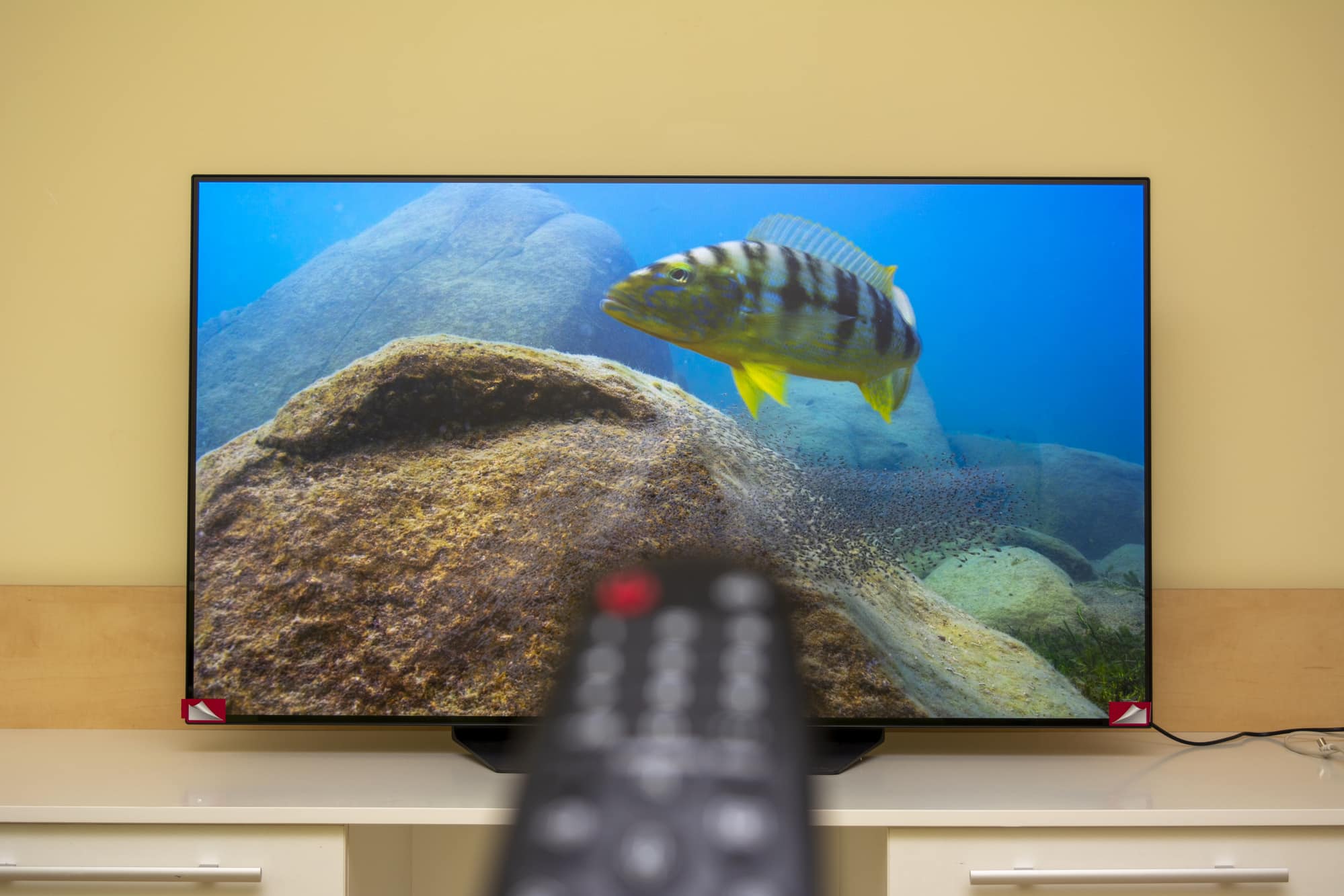HDR (High Dynamic Range) on your TV is an optional feature that means excellent picture quality when watching movies. HDR technology used in modern TVs transforms the quality of the image you are watching. The colors on the screen are clearer and the image itself is more natural. HDR on TVs allows you to display images with a significant tonal range, so you can enjoy the details of dark and very bright scenes.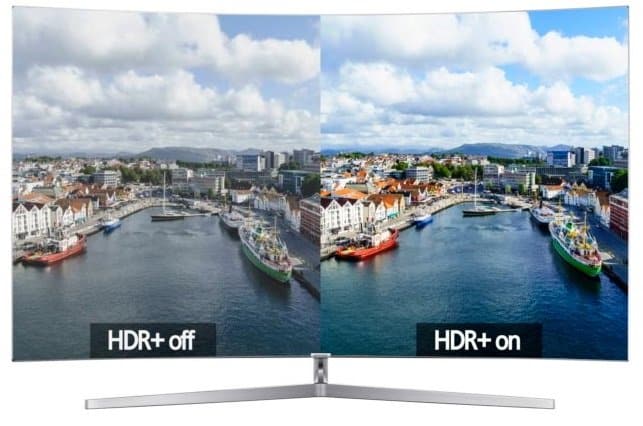 HDR (High Dynamic Range) in TV gives more emotions when watching video pictures from TV [/ caption]
HDR (High Dynamic Range) in TV gives more emotions when watching video pictures from TV [/ caption]
- What is HDR on TV, the benefits of high dynamic range
- Which TVs support HDR function
- Available HDR formats
- What does it take to enjoy HDR picture quality?
- Where can I get content in HDR quality?
- How to activate HDR mode on different TVs – instructions and video
- How to enable HDR on a Samsung TV
- Setting up your LG TV
- How to connect and configure HDR on Sony TV
- HDR – is it worth the money?
What is HDR on TV, the benefits of high dynamic range
The HDR mode on the TV makes the picture more lifelike, giving the viewer a great experience of watching movies or favorite programs. Vibrant colors make watching matches and other sports entertainment even more fun. The HDR system in TVs isn’t always the same. The models available on the market differ in image quality (HDR 10, HDR 10+, HLG and Dolby Vision available). Pros of HDR support on TV:
- The option provides richer colors and sharper contrasts.
- 4K TV combined with HDR allows users to enjoy smooth motion and lifelike images.
It is worth noting that the scenes displayed on the screen are representations of what the human eye sees. Many shades of each color are available for a more natural looking picture.
HD TV is especially useful when watching nature recordings and movies made with the highest quality production equipment. The shades remain the same, so grays, blacks and other colors are intense, vibrant and very crisp.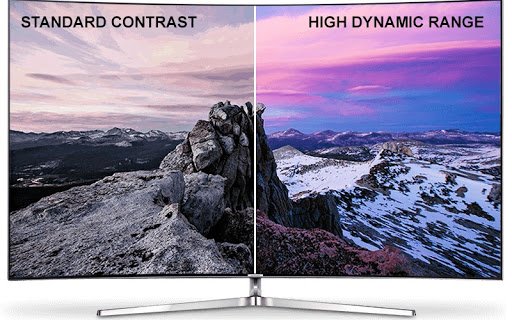 Picture with HDR function and without it [/ caption]
Picture with HDR function and without it [/ caption]
Which TVs support HDR function
There are many HDR TVs available on the market. However, when choosing, you should be guided by the most important parameters so that you can enjoy the best picture quality. Samsung HDR +
Smart TV is the perfect combination to deliver impressive effects when watching movies or playing games. There are also the following Smart TV models on the market that support high dynamic range:
- Samsung TVs will be useful primarily for users who love games and spectacular films. Excellent quality goes hand in hand with a reasonable price, and the effects are made even more visible with the multi-zone FALD lighting.
- Toshiba models are affordable TVs that often support HDR10 and Dolby Vision. Due to their low price, you cannot expect impressive effects from them, as is the case with more expensive models, but the differences in HDR quality are visible at first glance.
- Sony TVs are fully compatible with PlayStation 5. They feature multi-zone backlighting. You can choose from models with Dolby Visi, HDR 10 and HDR 10+, thanks to which the viewing effects will satisfy even the most demanding users.
- Panasonic offers 65-inch TVs that guarantee the highest quality and meet the high expectations for HDR features. The vibrant colors are noteworthy, so each movie you watch creates an unforgettable experience and delivers the best picture quality.
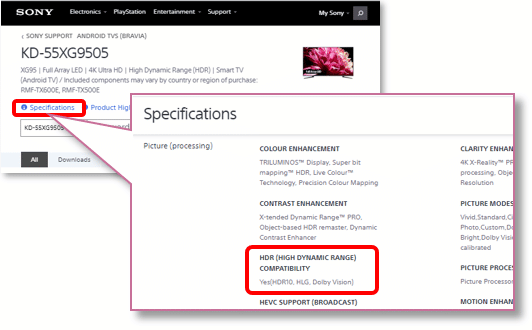 TV support for HDR function [/ caption] HDR – what is it in the TV and how to enable it: https://youtu.be/llzfuGYHjx0
TV support for HDR function [/ caption] HDR – what is it in the TV and how to enable it: https://youtu.be/llzfuGYHjx0
Available HDR formats
HDR (High Dynamic Range) literally translates to “high dynamic range”, which, on the one hand, corresponds to the idea of the technology, but on the other hand, significantly narrows it down. Most important in this context is the tonal range of the image. HDR allows you to view different types of content in a quality that has an increased spread between the lightest and darkest points. As a result, colors appear vivid, appear more natural, and details are sharper. This is especially noticeable in scenes that are dark in themselves, but have bright spots. Since there are several HDR technology standards on the market, it is important to know how they differ, what options our equipment needs in order to be able to use them:
- HDR10 is the basic HDR format that is supported by all manufacturers of TVs or other types of screens and broadcasters (in which case no license is required). The HDR10 format uses a 10-bit color gamut (1024 colors versus 220 on typical TVs).
- HDR10 + is an improved format in terms of the metadata used – it’s dynamic. The encoding is based on a 12-bit color range (4096 color values), which gives even better results than basic HDR10. The difference is also in saving data (in Dolby Video format, each frame is a separate file). It is important to note that if this technology is supported, the price of the TV rises.
- Hybrid Log Gamma is an HDR format developed by the British Broadcasting Corporation (BBC) in partnership with NHK, Japan’s national broadcaster.
 Types of HDR [/ caption]
Types of HDR [/ caption]
The problem with traditional TVs is that many of their viewers are still clinging to older SDR TVs that cannot display the increasingly widespread HDR standard.
SDR is also a lot cheaper to film, and the BBC is naturally reluctant to give up on an economical format that tens of thousands of viewers still rely on. The HLG format overcomes this “obstacle” by encoding HDR and SDR information into a single signal, allowing HDR-compatible TVs to display enhanced images. Hybrid Log Gamma uses what is called an “optical-optical transmission function”, which is a process used to convert a broadcast signal into light that is displayed on your TV screen.
What does it take to enjoy HDR picture quality?
First you need the right equipment and then you need the right footage. The device must meet certain requirements. You should take care of the following factors:
- Requires an 8K or 4K TV with 10-bit color gradation panels;
- high contrast – the higher the better;
- brightness 1000 cd / m ^ 2 (optimal value), but the higher the better.
Sony TVs and other HDR models may have additional features that also affect the quality of the movie or game you are watching, such as:
- 4K Ultra HD resolution – 3840 × 2160 pixels, so even the smallest details are visible;
- HDMI 2.0 connector is a good solution when watching movies from other sources (a special cable is used for connection).
The TV must meet certain requirements (look for the UHD Premium label) so that the HDR image is not too heavy for the receiver. If the user wants to watch movies from the Internet, a high-speed connection is required that reaches a speed of at least 25 Mbps. The better the internet connection, the better the quality of the broadcast picture.
What is HDR on TV and why is it needed, what advantages it gives:
https://youtu.be/wLTethhLSYw
Where can I get content in HDR quality?
The HDR system in TVs is a very valuable feature that makes many users buy a particular model due to the discussed benefits. They make watching movies a real pleasure, the images become sharper, the colors are more vivid, and contrasts appear that affect the perception of the image. After purchasing your hardware, however, it’s important to know where to start looking for videos that will help you test the capabilities of your device. There are several available options where you can download or watch videos and movies in hdr quality:
- 4K UHD Blu-ray Discs . An additional player is required, each new product costs about 3,000 rubles.
- If you want great quality movies and don’t want to overpay, there is another solution. It’s about using a streaming service. The most popular among users is Netflix (https://www.netflix.com/ru/), which allows you to watch movies and TV shows in HDR10 and Dolby Vision quality.
- Also, HDR content is hosted on the famous YouTube website .
- Amazon Video (https://www.primevideo.com/?ref_=dvm_pds_amz_UA_lb_s_g|m_V309bFdHc_c507190918478_s) is another solution that makes content search easier. All available items are in 4K version and the user decides whether to choose HDR10 or Dolby Vision version.
- A few years ago, a service known as Disney + was created in the US , which has an extensive library of films for users of all ages.
- Also available is the Canal + UltraHD channel , which will meet the expectations of sports fans and broadcast many TV premieres.
There is a lot of HDR content, you just need to know where to look for it. The respective portals have extensive libraries and are constantly updating new products.
HDR technology is also used in games, so for fans of virtual battles, the PlayStation 4 and Xbox One S / X consoles are recommended. In addition to modern video cards, they also have excellent HDR implementation.
How to activate HDR mode on different TVs – instructions and video
How to enable HDR on a Samsung TV
Use the Back button to exit the current application or menu. Press the Home button to open the Smart Hub home page. Press the Home button on your Samsung remote, then select Settings.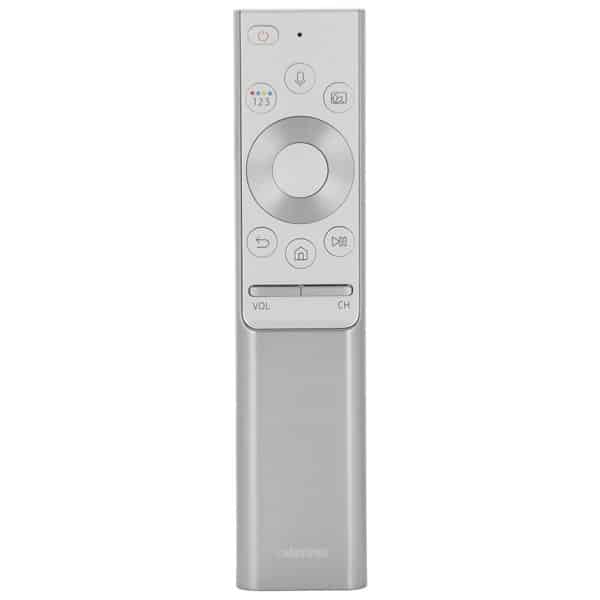 Samsung TV remote control [/ caption]
Samsung TV remote control [/ caption]
- Select “Advanced Settings”.
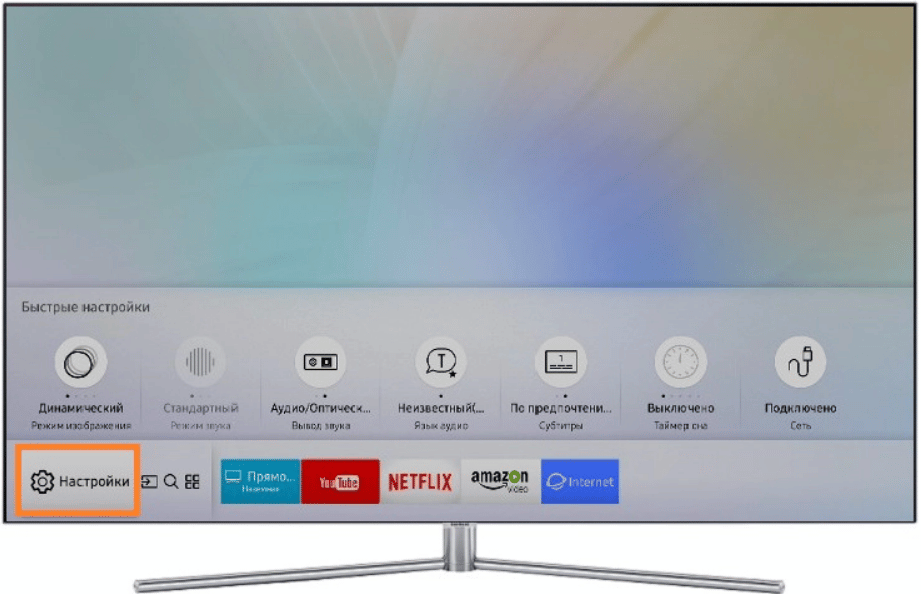 Setting button in the TV menu [/ caption]
Setting button in the TV menu [/ caption]
- Switch to “HDR + Mode”.
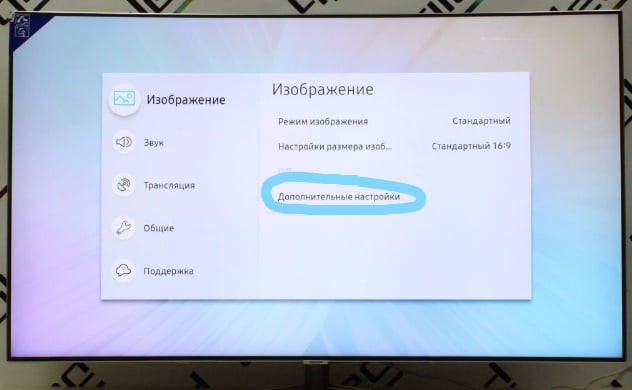 Image settings [/ caption]
Image settings [/ caption] - Press Enter / Select to activate HDR + Mode.

Video instruction for connecting the function in Samsung TV: https://youtu.be/w3vi7CTUChQ
Setting up your LG TV
- Select “Settings” in the TV menu.
- Find the “General” section.
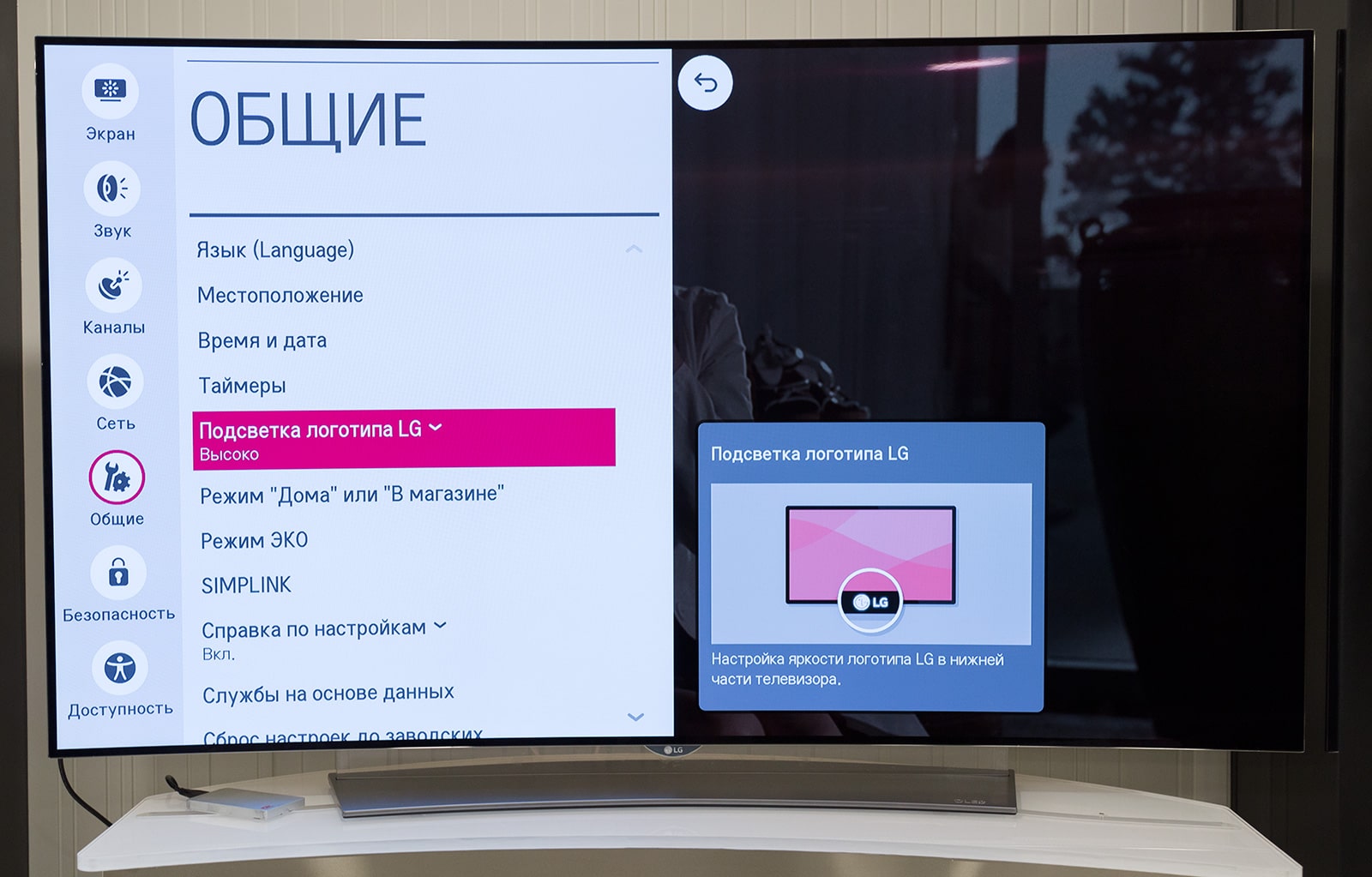
- Select HDMI ULTRA DEEP COLOR.
 HDMI ULTRA DEEP COLOR is in settings [/ caption]
HDMI ULTRA DEEP COLOR is in settings [/ caption] - Activate it by moving it to the On position.
How to connect and configure HDR on Sony TV
- Select Settings.
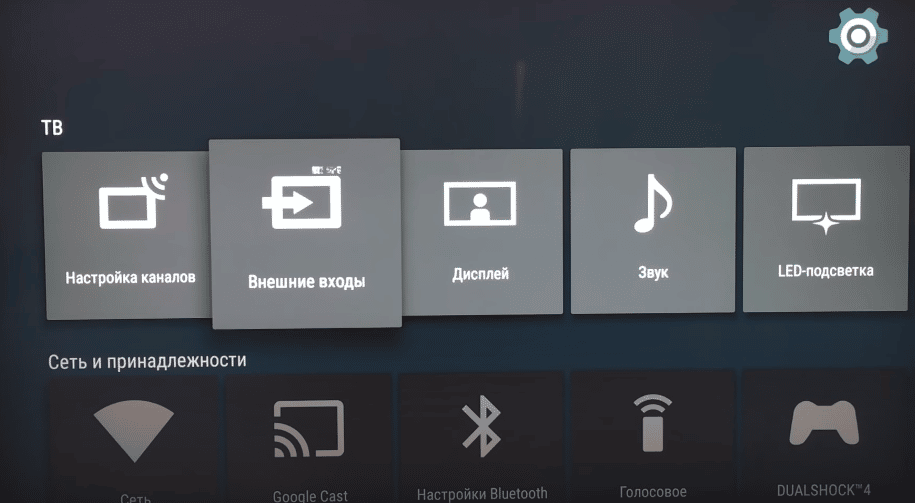
- Select External Inputs.

- Select HDMI Signal Format.
- Choose HDR on your TV.
HDR – is it worth the money?
If you are thinking of buying a TV, HDR models are worth considering because it creates an additional experience for the person watching movies and other available programs in the first place. Superior playback and viewing quality will satisfy all people who have high expectations and standards for electronic devices that offer entertainment at home. The HDR effect on TV offers many benefits to the user, however it is available in several standards. Therefore, it is worth finding out their characteristics, and then making a choice. HDR is the foundation that is reproduced on all screens. In this case, you can use movies and programs from online services such as Netflix and Amazon Video. Alternatively, you can watch movies available on Canal + UltraHD.HDR in TVs can also work in HDR10 + and Dolby Vision versions, that is, in two standards that are more advanced than the classic solution. In their case, the image metadata is not saved for all frames, but for the entire movie in the base model. This results in much better quality and support for weaker receivers.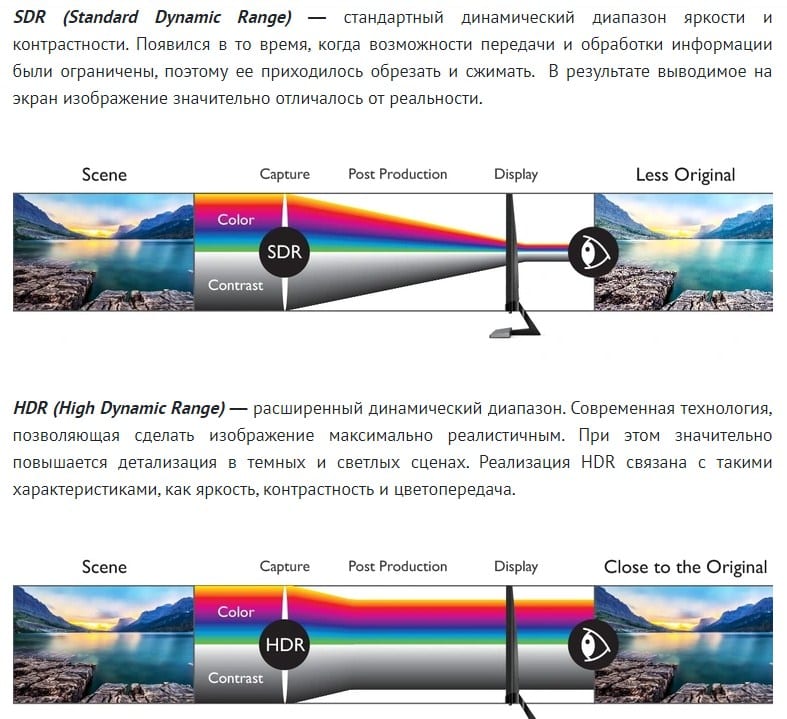 Whether HDR is worth the money in comparison, for example, with SDR, can be assessed by the quality of the picture and the description of technologies [/ caption] Choosing an HDR TV brings the viewer many advantages. Above all, high standards make blacks appear deeper and deeper. Therefore, if the quality of the materials you are watching is important to you and you are thinking about choosing a suitable receiver, the HDR standard should be one of the evaluation criteria. The displayed images are very natural and at the same time attractive to the viewer.
Whether HDR is worth the money in comparison, for example, with SDR, can be assessed by the quality of the picture and the description of technologies [/ caption] Choosing an HDR TV brings the viewer many advantages. Above all, high standards make blacks appear deeper and deeper. Therefore, if the quality of the materials you are watching is important to you and you are thinking about choosing a suitable receiver, the HDR standard should be one of the evaluation criteria. The displayed images are very natural and at the same time attractive to the viewer.



